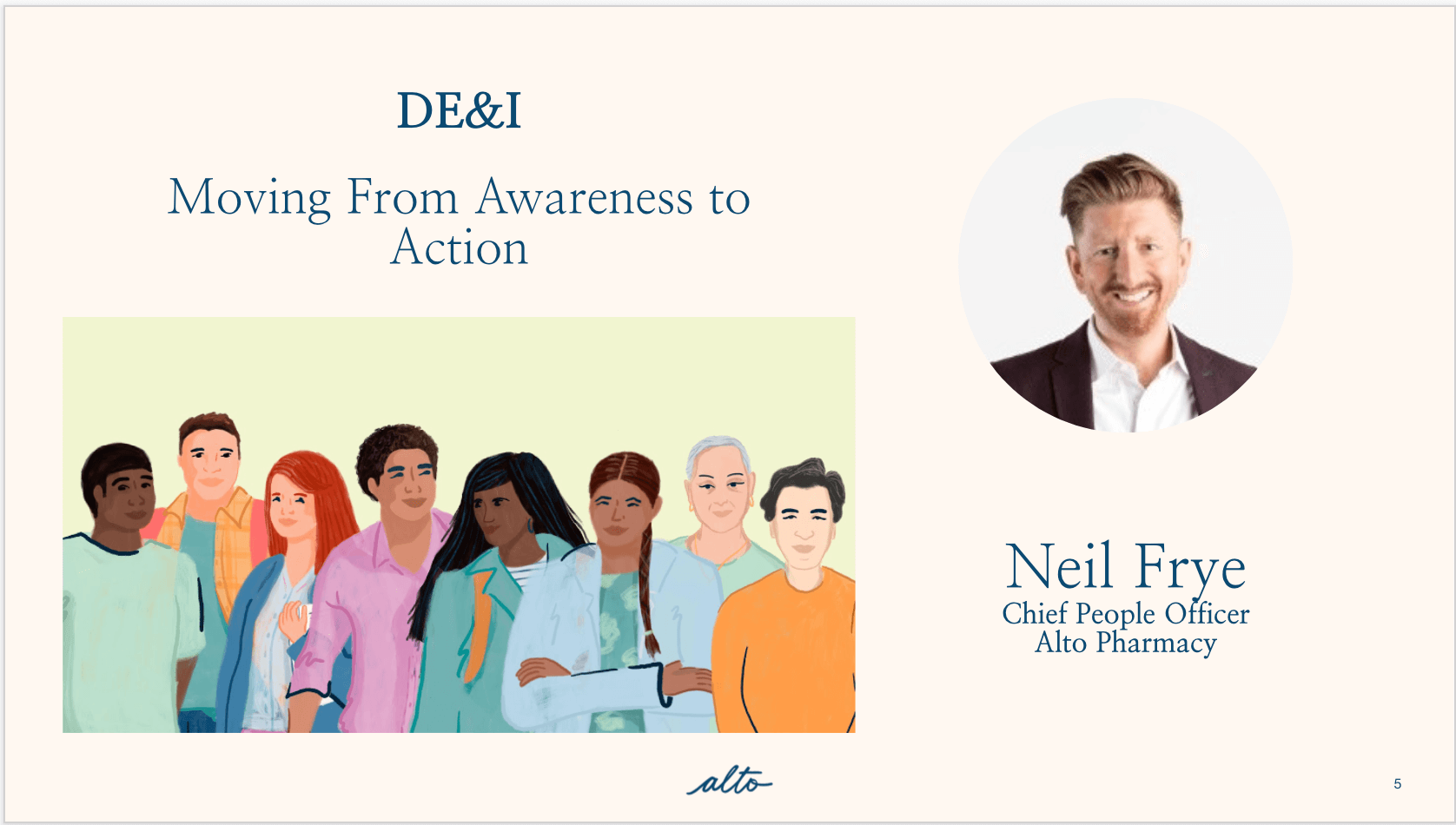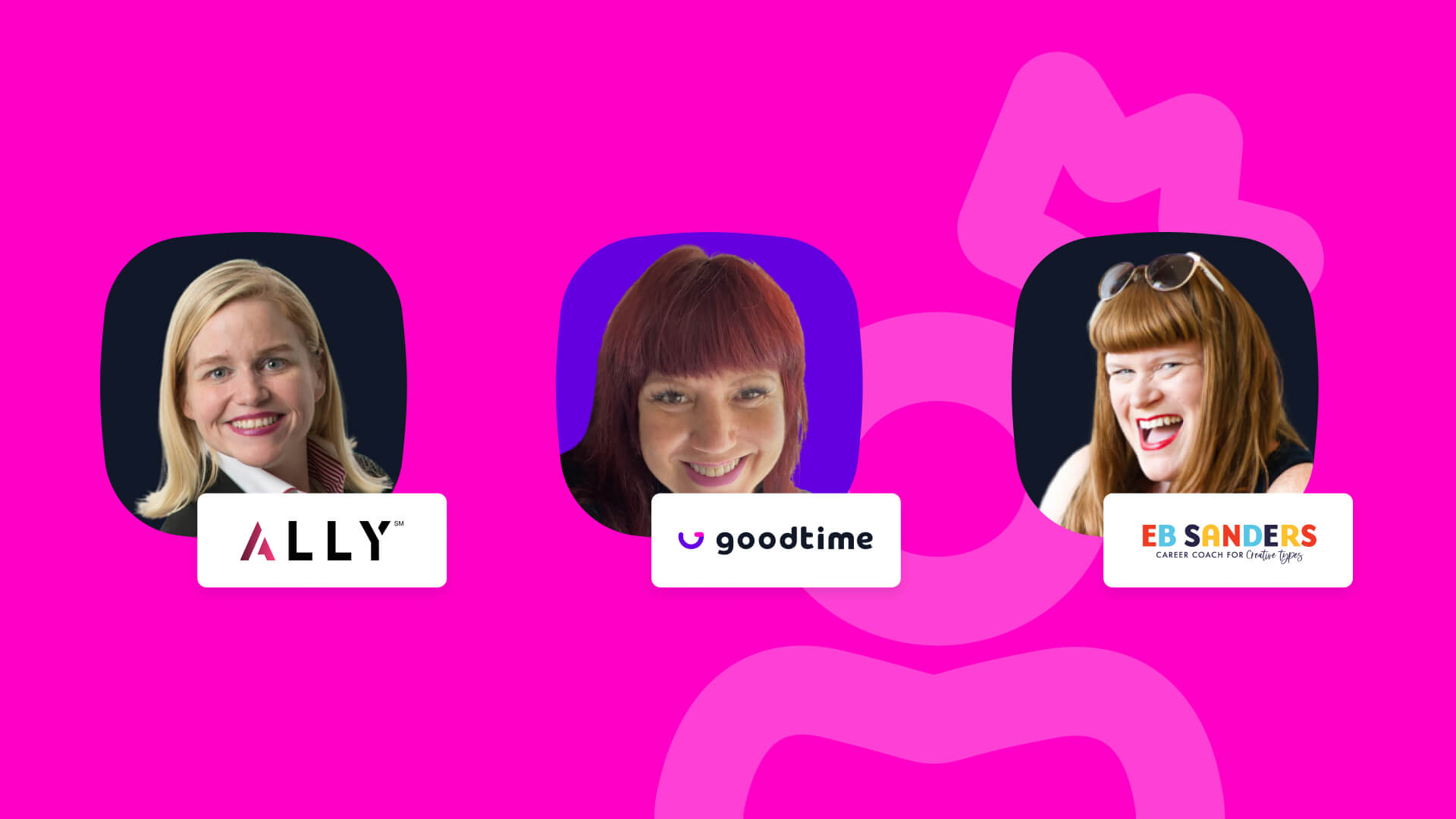Table of Contents
Do you use inclusive language when recruiting? Or is your unconscious bias roaming free? For some recruiting teams, ensuring that all language is inclusive isn’t top of mind. But it should be.
Research consistently proves that a job description’s exclusionary language can prevent subsections of candidates—specifically underrepresented groups (URGs)—from applying.
It’s crucial to use inclusive language at all touchpoints in the recruitment process, from job descriptions to interview conversations. Inclusivity helps level the playing field for underrepresented applicants, effectively making them feel welcome.
If you’re not sure where to start, we’re here to help. Here are 10 important ways to use inclusive language in your recruiting efforts.
1. Steer Clear of Gendered Language
Do your job descriptions include words like “rockstar” or “ninja”? That’s a red flag. Gender-biased words like these skew masculine and can reduce the number of women that apply to a role.
If that sounds far-fetched, then check out this investigation. HR specialists learned that the reason that their company received less than 2% female candidates for their developer jobs was because of the word “hacker” in the job titles.
When in doubt, opt for clear, gender-neutral language. If you’re looking for an account executive, just plainly say that.
2. Swap Out “Culture Fit” for “Culture Add”
If job descriptions or recruiting materials say that you’re looking for someone who will be a good “culture fit,” consider swapping that phrase out for “culture add.” In some cases, hiring for culture fit turns into hiring for homogeneity, as recruiters seek out candidates similar to them or similar to what already exists in the company.
In this sense, culture fit creates a workforce that recruits people who think and look the same. On the flip side, saying that you’re looking for a culture add conveys that you want a new hire who could enrich the company culture with their diverse experiences and ideas.
3. Highlight the Salary Range
Data on the uncontrolled gender pay gap shows that American Indian and Native Alaskan women, along with Hispanic women, have the widest pay gaps. When analyzing the controlled gender pay gap, Black women have the widest pay gap.
Fostering salary transparency wields a real impact on the gender pay gap. Women who feel that they are paid transparently reportedly do as well or better than men for every $1 they earn.
Setting the precedent that the salary range will always be included in your organization’s job descriptions lays the groundwork for an inclusive, pay-transparent organization.
4. Spotlight Your Commitment to DE&I
If your company diligently champions DE&I, allude to this in the job description. Most organizations reference this in an “equal opportunity employer” blurb, yet going the extra mile to elaborate on your commitment and convey it in your own words is worthwhile.
Once applicants make it to the interviewing stage, ensure that you’re prepared to expand on exactly how your company uplifts DE&I. Eighty-six percent of candidates globally say that DE&I in the workplace is important to them. More likely than not, they want to hear how you’re reaching your DE&I goals!
5. Underscore Inclusive Benefits
For certain applicants, employee benefits like childcare subsidies, paid family leave, and paid parental leave aren’t just perks—they’re must-haves. Be sure to emphasize these types of inclusive benefits in the job description.
Yes, not every employee will utilize them. But for applicants with families and those who are starting families, having these benefits will make all the difference.
6. Don’t Assume. Ask for Pronouns.
Unless stated in their cover letter, resume, or any other materials that they’ve submitted in their application, don’t assume a candidate’s pronouns. Misgendering a candidate is harmful and undoubtedly starts the candidate relationship on the wrong foot.
When interviewing a candidate, ask for their pronouns early on in the conversation. Ensure that this is noted as a best practice in your organization’s interviewer training.
7. Narrow Down the “Must-haves”
When a hiring manager comes to your recruiting team with a laundry list of “must-haves,” set realistic expectations with them. An excessive list of requirements deters certain applicants from applying.
A study shows that while women commonly only apply for jobs where they meet 100% of the requirements, men typically apply if they meet just 60% of them. If a requirement isn’t directly conducive to success in a role, it’s not crucial to include it in the job description.
8. Remove Any and All Racially Biased Language
It shouldn’t have to be said, yet it needs to be said: the vast majority of job descriptions have no reason to include racially or culturally explicit phrases. The only exception is if it’s directly connected to the position in some way.
There’s cases where common phrases can inadvertently exclude applicants of a specific racial or cultural background. For instance, when job posts say they’re looking for a “native English speaker,” this excludes speakers who are fully fluent in English, yet aren’t native speakers.
9. Eliminate the Corporate Jargon
If an applicant isn’t familiar with a certain acronym, it doesn’t mean that they aren’t skilled in their field. Their previous companies might’ve not used the term, or used a different term in its place.
Using too much corporate jargon in a job description can deter promising candidates from applying—especially candidates from different regions of the globe, or candidates whose first language isn’t English. Plain language is better.
10. Watch Out for Ageism
Have your recruiting materials ever said that you’re looking for a “digital native”? This phrase identifies people who were brought up during the information age. Phrases like that deter older workers, as they imply that younger applicants are preferred.
A company with a wide variety of age groups benefits from diverse perspectives. Examine your job descriptions and careers page for any words that favor specific ages.
Keep DE&I at the Center of Your Recruiting Process
The importance of inclusivity in the recruiting process cannot be overstated. Using inclusive language when recruiting is essential to leaving applicants with a sense of belonging, yet there’s so many more ways to commit to DE&I.
With GoodTime, you can start the interview process on the right foot by creating diverse and inclusive interview panels.
GoodTime’s self-identification tagging system allows you to group interviewers based on characteristics, such as “nerdette” for female engineers, to create panels that are truly representative of the diverse and wide-ranging perspectives at your company.
Learn more about how GoodTime can help supercharge DE&I in your hiring process today.





